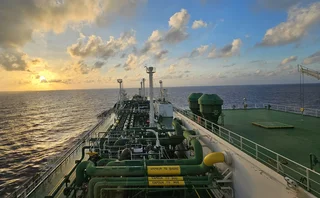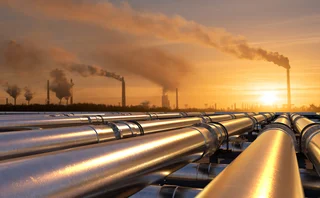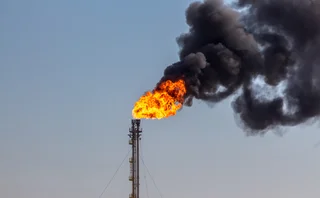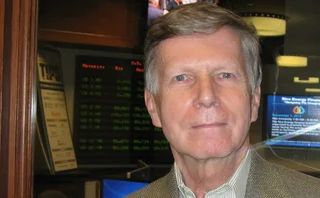Commodity focus: Eurex is Entering the Commodities Space
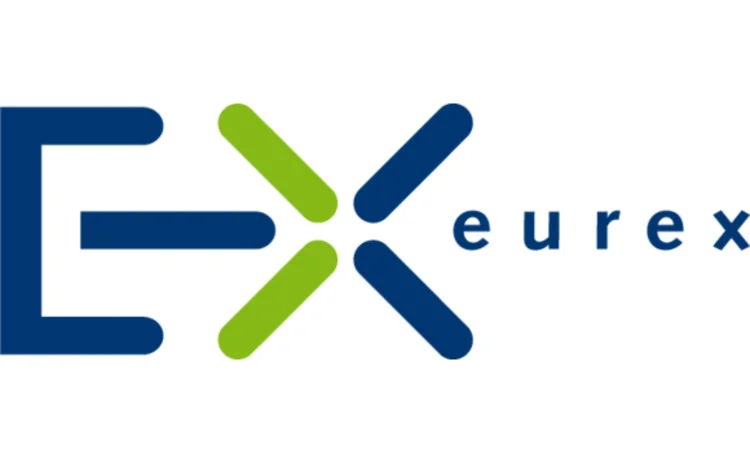
Today, Eurex is well known in the equity and fixed income markets as the leading exchange for the trading and clearing of major European benchmark futures and options, for example, Bund and Dow Jones EURO STOXX 50® Index. In terms of alternative asset classes, Eurex has not been as active. However, this is now changing as market trends, such as reducing counterparty credit risk, increase the appetite for exchange-traded and/or centrally cleared derivatives in various asset classes.
Together with the European Energy Exchange, CO2 emission derivatives were made available in December 2007. This marked the starting point of Eurex’s move into the commodities segment. Since the beginning of 2009, three additional product groups have been added: Gold Futures and Options, based on the London Bullion Market Fixing, were launched at the beginning of February, followed by futures on property returns measured by the Investment Property Databank UK Annual All Property Index. Last, but not least, four cash-settled futures based on the Dow Jones-AIG Commodity IndexesSM (the Composite, Agriculture, Energy and Industrial Metals) went live at the end of March, marking the next step in Eurex’s diversification of its product portfolio.
Futures on the broad commodity market
The Dow Jones-AIG Commodity IndexSM (DJ-AIGCISM), launched in 1998, is one of the two leading commodity indexes in terms of assets linked to it. By employing sector caps, it is less energy-focused than the S&P GSCITM index. Over the last five years, the amount of money invested in commodity index products overall increased from $20 billion to $90 billion, while at its peak it was almost $200 billion before commodity prices fell in the second half of 2008. The growth was partly based on the preference of certain institutions to use indexes rather than single commodities. Some funds are not allowed to invest in single products or in derivatives with physical delivery. In addition, index products reduce the risk of commodity investments, which is especially true in times of record levels of volatility. Furthermore, some investors use commodities as an addition to their portfolios in order to diversify their equity and bond exposure.
The standard way of investing in commodity indexes is via over-the-counter (OTC) swaps. The new Eurex futures will offer an alternative tool. Eurex will use the excess return version of the index as the underlying, have quarterly expirations up to one year and a contract value of around $20,000 (index level x 250). This allows market participants to trade in an exchange environment with all its benefits, namely, increased transparency, lower trading costs, multilateral trading facilities, smaller contract sizes and counterparty risk mitigated by central clearing.
Agriculture, Energy and Industrial Metals
Most of the OTC trading in the DJ-AIGCI family is on the composite level. Nevertheless, there are also good reasons to list and promote the sub-indexes as an offering for market participants who concentrate on one of the subsectors. Moreover, the differences between DJ-AIGCI and S&P GSCI are smaller on the sub-index level. To keep the offering focused, Eurex started with just three sub-indexes, but it is very likely that the other sectors, for example, Precious Metals, Livestock or Petroleum, will follow at a later point. Depending on the success of the futures contracts, options on some of the indexes will also be added.
More on Risk management
LNG trading strategies set to change amid major market shifts
The global LNG market is on the brink of significant changes set to alter trading dynamics and market behaviour, say analysts
Why commodity finance is ripe for stablecoin
Digital currency brings cost efficiencies to financing, but its real benefit to commodity firms lies in making huge pools of new capital available, write Jean-Marc Bonnefous and Ronan Julien
US shutdown leaves commodity traders without key data
Commodity traders are ‘flying blind’ without Commitment of Traders reports
Energy Risk at 30: Learning from the past
Energy Risk looks back at the seminal events and developments that have shaped today’s energy markets
Past disasters can prove the value of energy risk management
Analysing failures and losses at energy firms can underscore the value of consistent, high-quality risk management
How quants shaped the modern energy markets
The business models of today’s utility firms are built on quantitative analysis, but the introduction of these techniques in the 1990s was far from smooth
Interview: Vince Kaminski
Market veteran Vince Kaminski discusses the biggest risks to energy firms today and whether risk teams can ever prove their value
Mounting risk prompts refocus on integrated energy risk management
Energy firms are facing heightened risk due to shifting geopolitics, climate change and the energy transition. As market, credit and enterprise risks ramp up, the need for improved integrated risk management is growing, say risk managers

